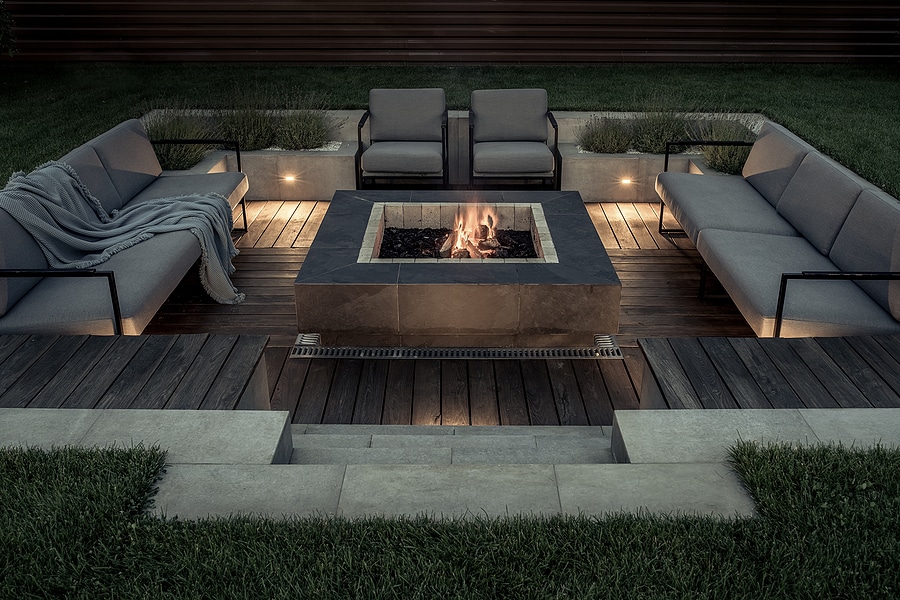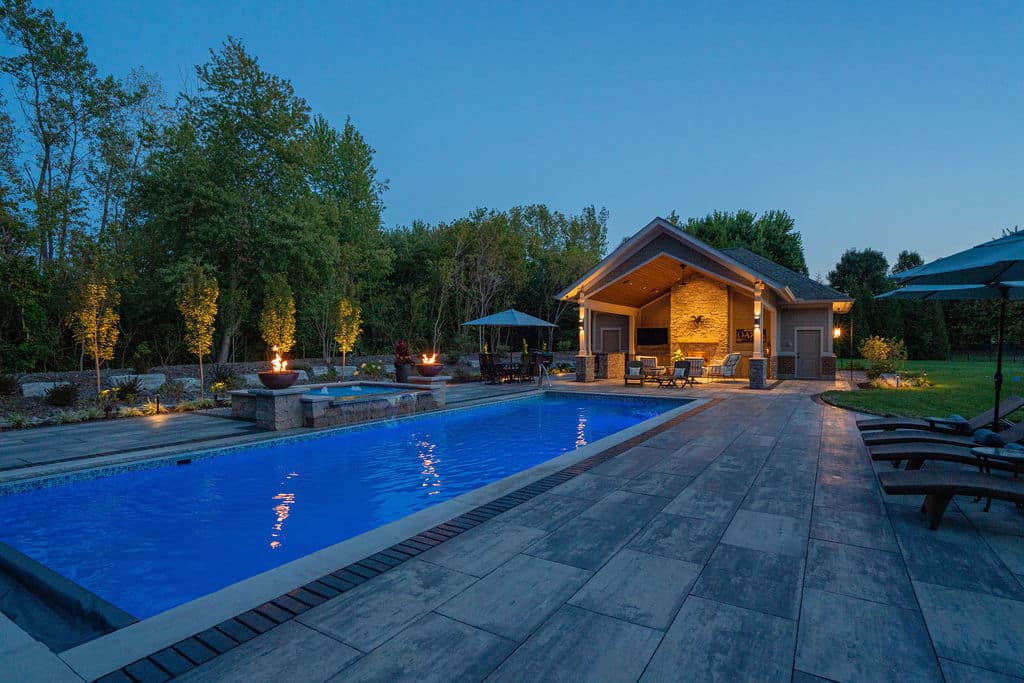
Why a New Driveway Is A Great Investment for Your Home
When most homeowners think about improving their property’s value, they often focus on kitchens, bathrooms, or landscaping. But there’s one feature that can dramatically enhance curb appeal, increase functionality, and even boost resale value—the driveway. At J Squared Landscape Design









